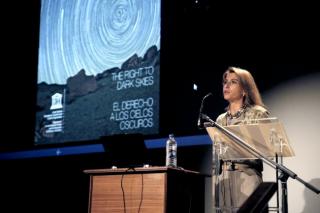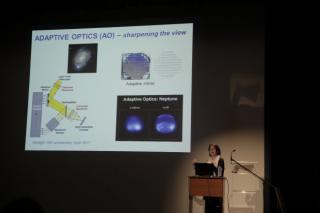
The Thursday sesión of the “Preserving the Skies” conference on La Palma finished with talks by representatives of international organizations such as UNESCO and the World Tourist Organization, as well as a historical review of the Starlight initiative, and of the places and the reserves which have been awarded certificates for the quality and protection of their skies.
Advertised on




